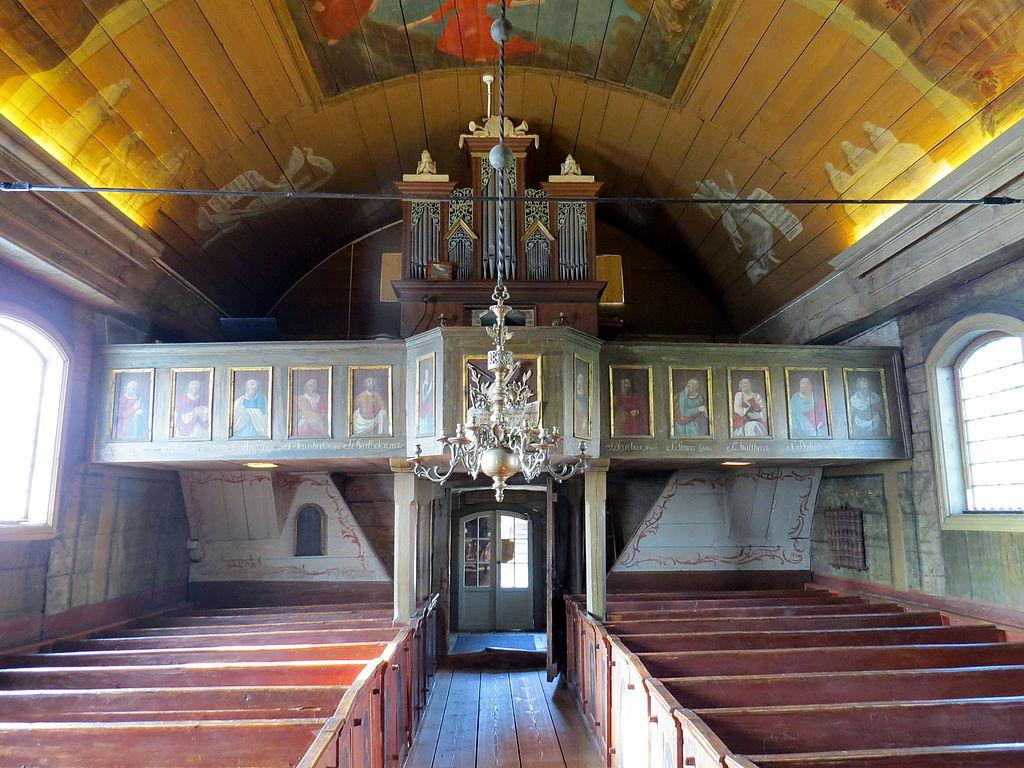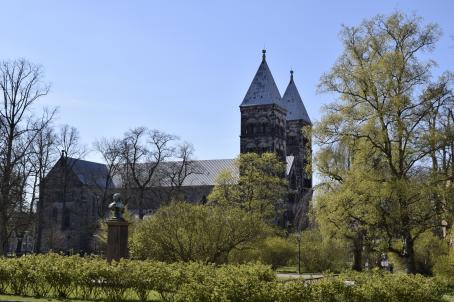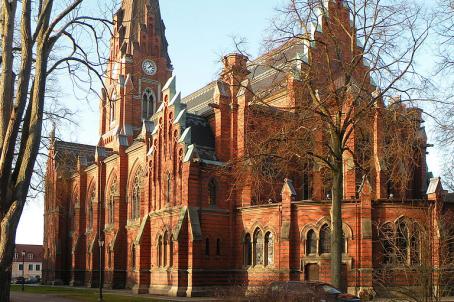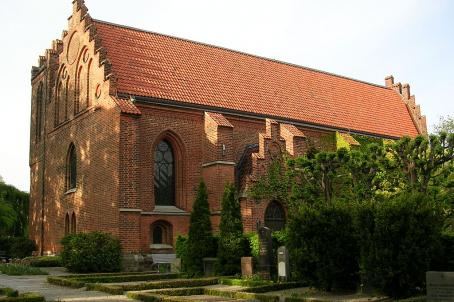Bosebo Church

Bosebo is a church originally built in the old Västbo County. The church was bought by Kulturen i Lund, a cultural institution from Lund. The building was dismantled and re-erected in the centre of this town.
About this building
The church consists of a nave, chancel and sacristy. It originally had an horizontal timber clad with chips. This was replaced by a new, barrel-vaulted wooden roof in 1773.
The altarpiece was built by Johan Ullberg, a prolific woodcarver in Skåne in the 17th century. The pulpit and many of its paintings date from the same century and were made by Sven Nilsson Morin.
After being bought by cultural centre Kulturen i Lund, the church was rebuilt in its current place and opened to visitors. The church can also be booked for weddings and baptisms.





